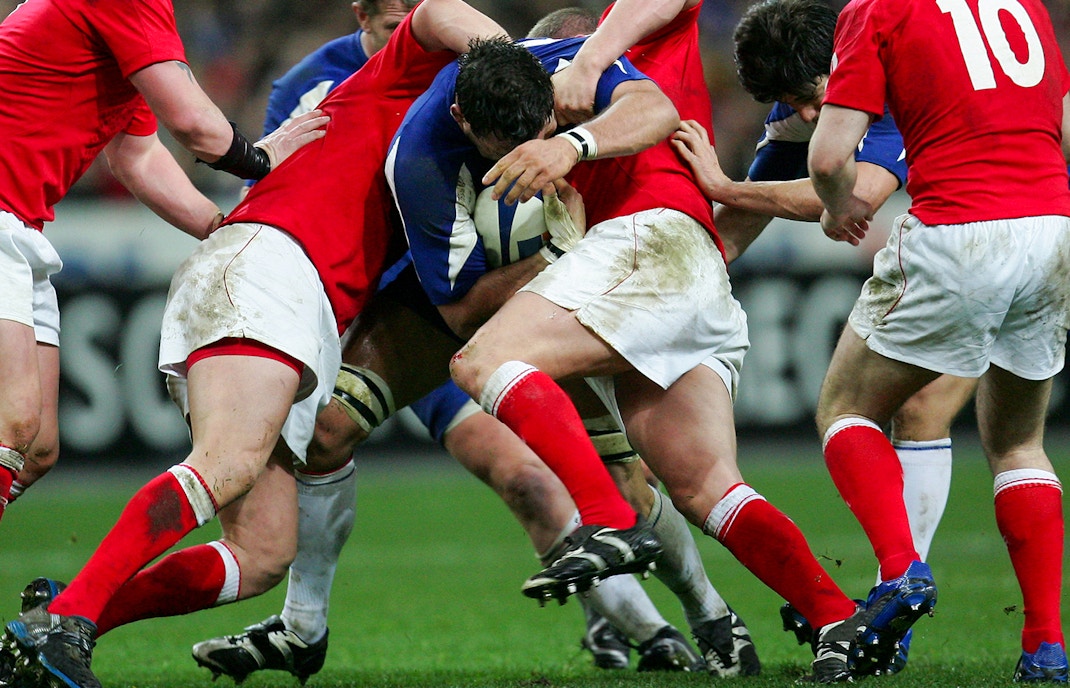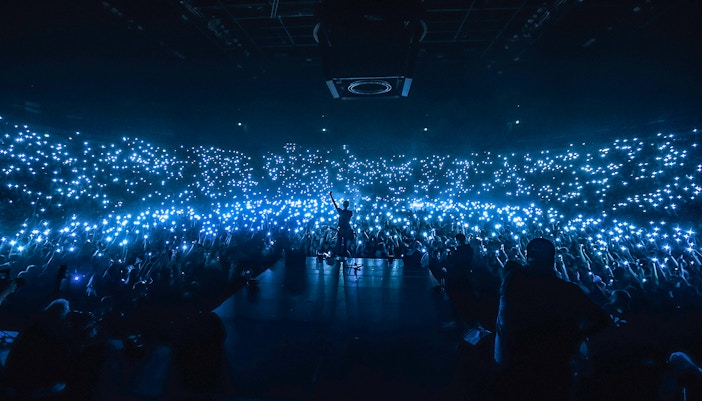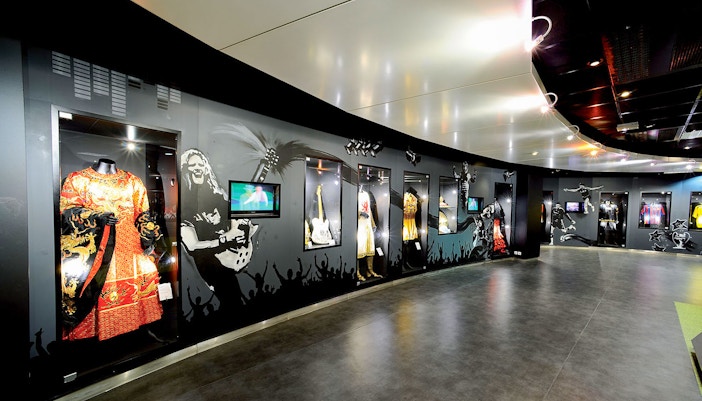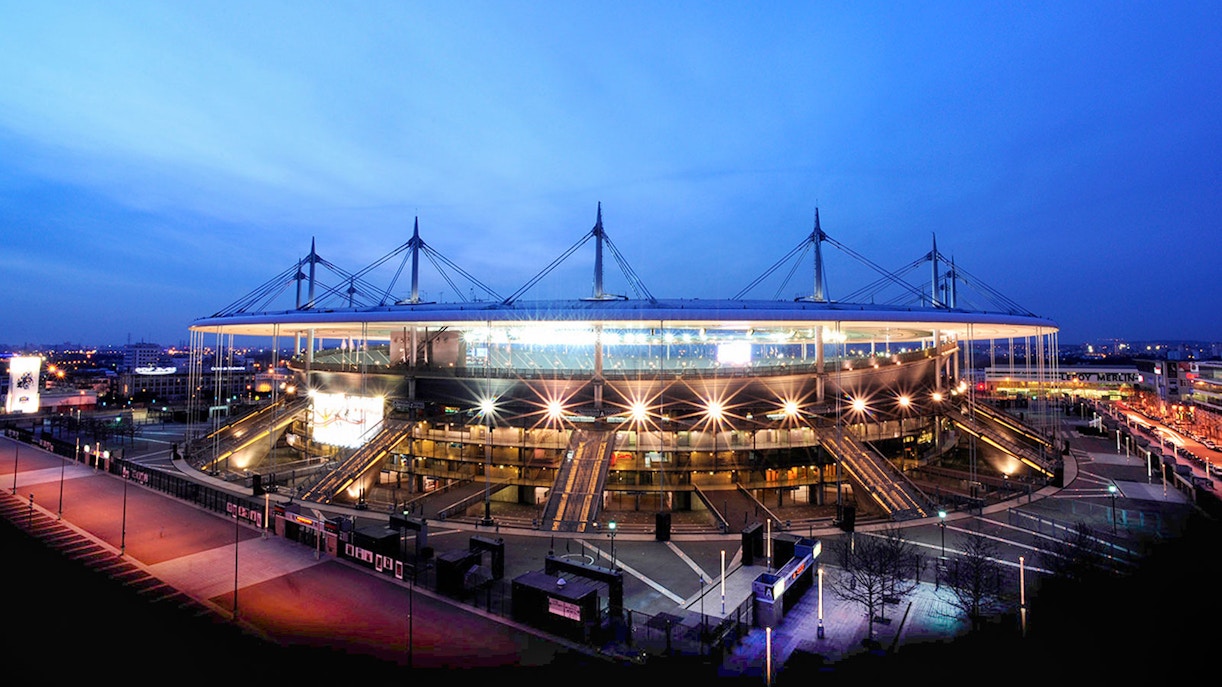- Disneyland® Paris Tickets
- Eiffel Tower Tickets
- Louvre Museum Tickets
- Versailles Tickets
- Arc De Triomphe Tickets
- Big Bus Paris Hop-On Hop-Off Tickets
- Parc Astérix Paris Tickets
- Paris Catacombs Tour & Tickets
- Sainte Chapelle Tickets
- Orsay Museum Tickets
- Paris Pantheon Tickets
- Les Invalides Tickets
- Musee de l'Orangerie Tickets
- Centre Pompidou Tickets
- Rodin Museum Tickets
- Picasso Museum Paris Tickets
- Conciergerie Paris Tickets
All About Stade de France
Quick Information
Plan your visitStade de France in a Nutshell

- Official name: State de France
- Location/Address: Stade de France, 93200 Saint-Denis, France. Find on Map.
- Date of opening: 28th January 1998
- Timings: Based on event timings
- Capacity: 80,000 visitors
- Architects: Michel Macary, Aymeric Zublena, Michel Regembal, and Claude Costantini.
- Type of attraction: Football/rugby stadium and concert venue
Why Visit Stade de France?
Plan Your Visit to Stade de France

- The stadium is open for concerts and sporting events.
- If you would like to take a behind-the-scenes tour of the stadium in the absence of an event, you can opt for a guided tour which happens in multiple slots in a day between 10.30 AM and 4 PM.
- The tour is available at least three times a week, depending on the month.
- The tour would not be available on the day of, and one day prior to an event.
Address: Stade de France, 93200 Saint-Denis, France.
The stadium is situated in the suburb of Saint-Denis, around three kilometres to the north of Paris, France.
Closest landmark: Basilica of Saint Denis (1.7 kms away)
Getting to Stade de FranceThings to do at Stade de France

Watch a football game
The stadium is the largest in France and regularly hosts championships on its grounds. Watch the website for its upcoming events and be a part of the 80,000 spectators and watch your idols play less than 100 ft away from you!

Check out a rugby match
Along with football, Stade de France is also the official stadium for the French rugby team, who often practice and play here. Catch a rugby match when the championships are on at the Stade de France!

Catch a live concert
Due to its enormity, the Stade de France is often the venue of choice for international artists on tour. The iconic band Rolling Stones inaugurated the string of performances at the venue, followed by artists such as Coldplay, U2, ACDC, Madonna, and Beyoncé.

Take a tour of the stadium
During your guided tour, you will have the opportunity to walk through the tunnel into the stadium, and imagine what it would be like for legends like MBappe to play to a crowd full of spectators. Visit the changing rooms and think about the celebrations that would have ensued during France’s World Cup victory.

Explore the museum
The museum hosts a permanent exhibition that would take you through the journey of the stadium, right from its inception to the victories and losses that it witnessed. Catch a glimpse of signed jerseys, mugs, footballs and more that are housed at the museum.
Who Built the Stade de France?
Michel Macary is a French architect who, along with his team at the Groupe Architecture et Technique Modernes (ATM), was responsible for designing the Stade de France. He was also part of the team that designed the Suwon World Cup Stadium in South Korea, and the Ataturk Olympic Stadium in Turkey.
Zublena was the president of the Consortium Stade de France, the group responsible for managing and overseeing the stadium's construction. He was responsible for coordinating between government entities, sports organizations, and construction companies, to bring the project to fruition.
Costantini, one of the architects responsible for building the Stade de France, also specializes in aeronautical buildings such as Marrakech’s terminal at the Turkish airport. His architectural contribution extends to the Bata stadium in Equatorial Guinea, and the Barbara Centre in Paris.
Part of the Groupe Architecture et Technique Modernes (ATM) who designed and built the Stade de France, Regembal is known for his expertise with large projects in complex historic sites. Regembal has also contributed to the beautiful Iberostar Grand Packard Hotel in Havana, Cuba.
Architecture of Stade de France

The seating arrangement follows a bowl-shaped design, ensuring that spectators have a clear view of the playing field from virtually every seat in the stadium. The stadium features two iconic towers at its entrance, which are illuminated at night. These towers serve as a distinctive architectural element, contributing to the stadium's visual identity. Like many modern stadiums, the Stade de France is equipped with state-of-the-art technology, including large video screens for broadcasting events and providing information to spectators.The special feature of the Stade de France is its retractable roof 46 meters above the pitch, which covers the entire stadium, making it a year-round all-weather venue. Supported by only 46 steel columns, the construction weighs a massive 13,000 tons, which equals 1.5 times the weight of the Eiffel Tower.
Frequently Asked Questions About Stade de France
The Stade de France is France’s largest stadium, primarily for football and rugby. It is also used to host large-scale events such as concerts and shows.
Stade de France is located in the suburb of Saint-Denis, around three kilometres to the north of Paris, France.
The stadium is known to be the home turf for the French national football and rugby teams. All international artists also perform at the stadium as part of their tour.
The stadium is the largest in the country, and provides a great spectator experience for matches, games, and concerts.
You can book your Stade de France tickets online, which would allow you to avail great discounts, or you can book them in person at the stadium.
Guided tours of the stadium start at EUR 11 for children below 17, and can go upto EUR 16 for an adult pass.
The stadium was designed by architects Michel Macary, Aymeric Zublena, Michel Regembal, and Claude Costantini.
Stade de France was inaugurated on January 28th 1998, just in time for the FIFA World Cup.
During your tour, you can visit the stands, the changing rooms, and the museum located inside the Stade de France.
The English and French guided tours of the Stade de France happen in multiple slots in a day between 10.30 AM and 4 PM. The tour is available at least three times a week, depending on the month.
The Stade de France is the largest stadium in the country, and is the official stadium of the national football and rugby teams of the country.
The Stade de France is a great place to visit for sports enthusiasts and those looking to witness the behind-the-scenes of an otherwise bustling venue.

